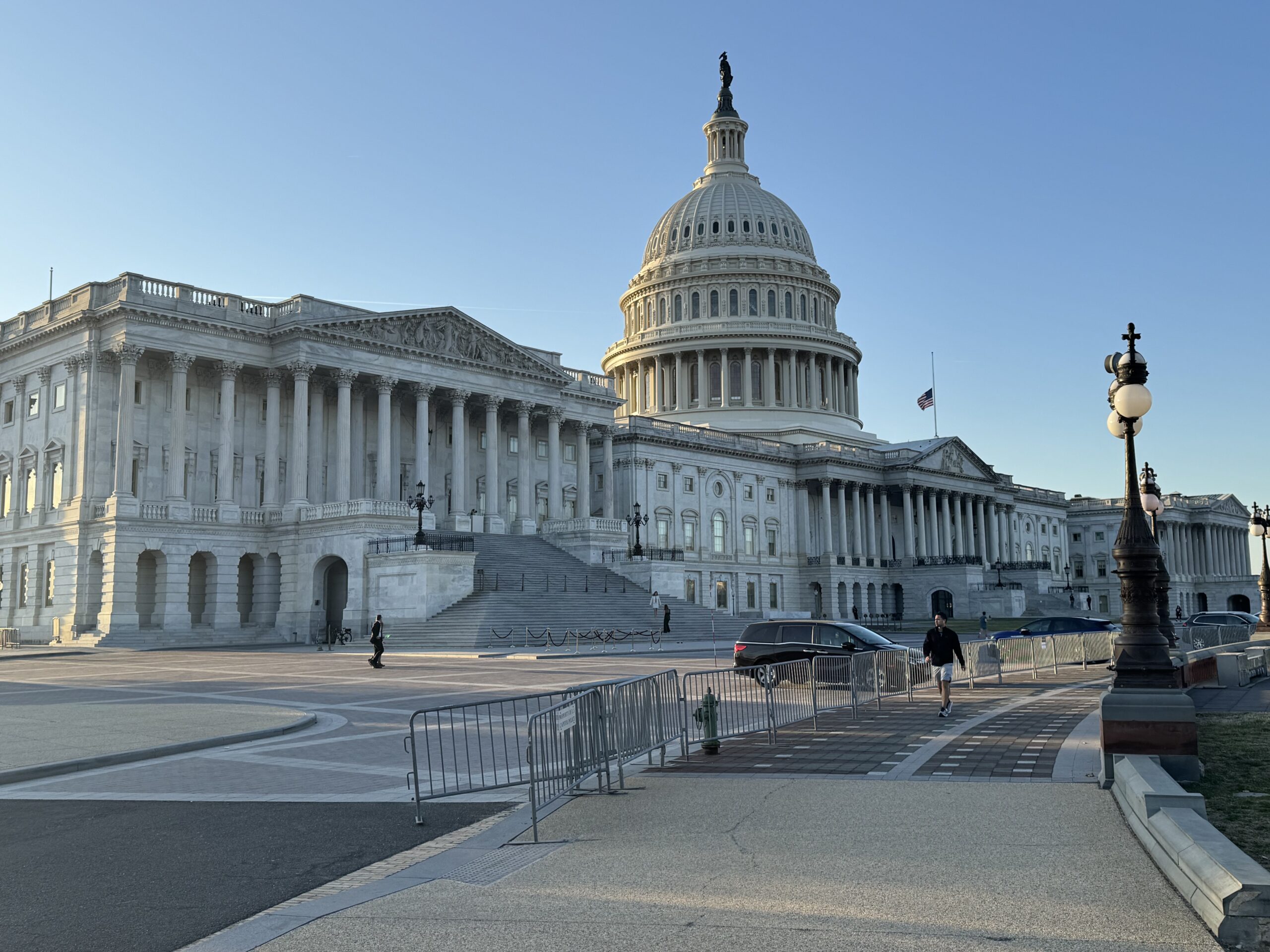The Trump administration's recent declaration of a crime emergency in Washington, D.C., has ignited a heated debate over law enforcement practices and media portrayal of crime in the capital. President Trump announced federal control of the D.C. Metropolitan Police on August 14, aiming to address rising concerns about violence and crime in the city.
Explainer Trump Administration's Crime Initiative Faces Media Scrutiny
Critics of the administration, including some media outlets, have questioned the necessity and implications of this crackdown. Politico, in particular, has faced backlash for its coverage of an incident involving an arrest of a moped driver, described by some as an illegal immigrant with a violent background. The article suggested that the arrest was mishandled by law enforcement, portraying the driver as a victim of aggressive policing.
White House Press Secretary Karoline Leavitt responded to the coverage, stating, "The ‘moped driver’ was an illegal alien criminal from Venezuela with suspected gang affiliation and an active final order of removal from the country." She added that the individual resisted arrest, resulting in injuries to a law enforcement officer.
The portrayal of the incident has drawn criticism from supporters of the Trump administration, who argue that it downplays the seriousness of crime in D.C. and misrepresents law enforcement's efforts to maintain safety. They contend that the media's framing of the situation is an attempt to undermine the administration's initiatives.
In contrast, some local residents express skepticism about the effectiveness of federal intervention. A report from The New York Times highlighted concerns from residents in crime-ridden neighborhoods, noting that while they acknowledge the crime problem, they feel neglected by federal law enforcement efforts.
The article stated, "They just don’t believe the president cares — at least not about them. If he did, they asked, why are residents hearing of federal agents roving the whiter areas of 16th Street Northwest but less so in their largely Black neighborhood?" This sentiment reflects a broader concern about equity in policing and resource allocation.
The debate over crime in Washington, D.C., is not new. The city has faced significant challenges related to violence and public safety, prompting various administrations to implement different strategies. Trump's recent actions have reignited discussions about the balance between law enforcement and community trust.
As the situation unfolds, both supporters and critics of the Trump administration's approach continue to voice their opinions. The administration maintains that its focus on crime reduction is necessary for the safety of all residents, while critics argue that the methods employed may exacerbate tensions between law enforcement and communities.
The outcome of this initiative remains to be seen, as both sides prepare for the potential implications of increased federal presence in local policing efforts. The ongoing discourse highlights the complexities of addressing crime in urban environments and the role of media in shaping public perception.
Why it matters
- The Trump administration's crime emergency declaration has sparked debate over law enforcement practices in D.C.
- Critics argue that media portrayals of crime may undermine the administration's efforts to address public safety.
- Local residents express skepticism about federal intervention, feeling neglected in crime-ridden neighborhoods.
- The situation raises concerns about equity in policing and the balance between law enforcement and community trust.
What’s next
- Watch for upcoming community meetings addressing federal law enforcement's role in D.C.
- Monitor responses from local leaders regarding the effectiveness of the crime initiative.
- Expect further media coverage and public discourse on policing strategies in urban areas.
